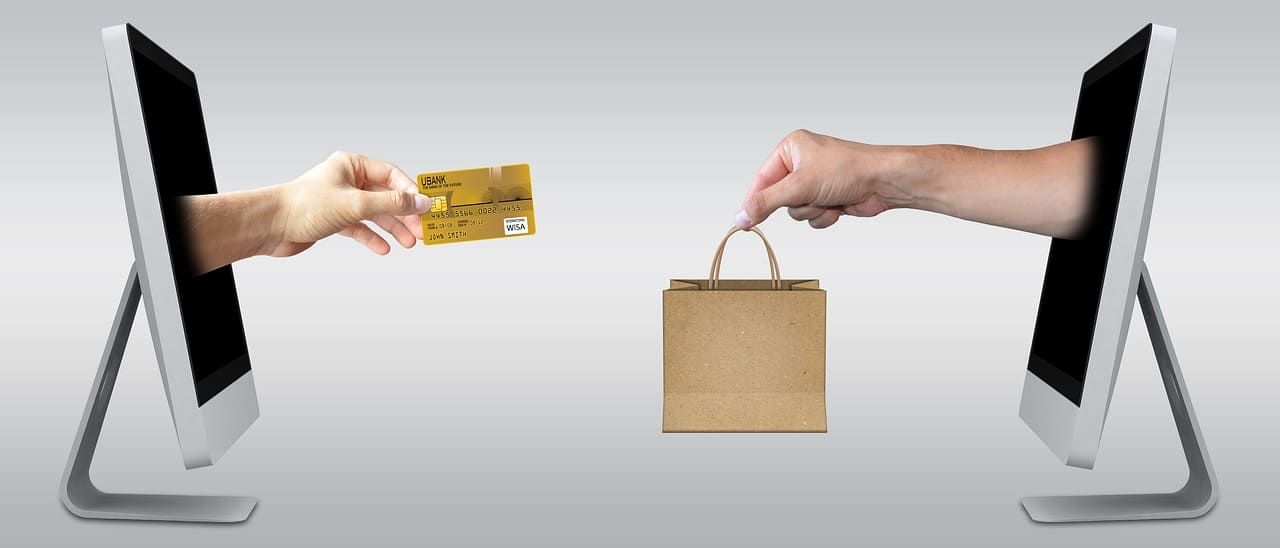
How You PAY Gives The Scam AWAY
A sure way to spot a scam: how is it asking for your money?
First of all, the most common scams — phishing scams, primarily via email — are virtually all unsolicited. You didn’t ask for them in the first place. They just appeared — unsolicited — in your email, in a call or on a text. If an uncertain, unverified, unsolicited source is asking you for your money or personal/financial information, it’s a scam. EVERY time.
Christina Miranda of the Federal Trade Commission’s Division of Consumer and Business Education wrote in her blog that it’s also a scam — every time — if it asks you to pay like THIS:
- “Pay us by putting money on a gift card and then give us the number on the back.” When you’re asked to pay by gift card, the scammer’s getting you to launder your money through an unsecured, untraceable vehicle of payment. You put your money on that gift card and give the contact the number on the back, then the scammer will use the number to access the card online, transfer the funds, then deactivate the gift card. He’s got your money — and the card is no longer worth the card stock it’s printed on. Scammers also monitor those gift card racks or carousels in department stores or grocery stores and catalog their numbers to loot them online after the cards have been activated.
“Crooks steal money from gift cards in two ways,” wrote Susan Tompor in the Detroit Free Press, with source information from Kathy Stokes, fraud prevention director for the AARP. “One, you could unknowingly be a victim when you buy a compromised card. Two, scammers often impersonate big name companies or federal agencies as they target their victims. The con artists give you some elaborate song and dance — say, frightening you into thinking that you didn’t pay your taxes — to drive you to put your money on gift cards to solve some looming problem.”
- “We’ll send you a check, deposit the check, and then send us the money.” That check will be counterfeit. When you deposit or cash the check, you are passing a bad check — and when you send money back to the scammer, you’re transferring legitimate funds that are already in your account. The scammer gets YOUR money, then the counterfeit check bounces. Now YOU are out of your real money, AND you’re on the hook — possibly criminally — for passing the bad check.
- “You have to pay us by sending money through a money transfer company like MoneyGram or Western Union.” Again, another way to launder your money through a one-way, one-time temporary payment vehicle, then POOF!
- “Go to a store with a cryptocurrency ATM, put your money in to buy cryptocurrency and use this QR code to send it to this address.” C’mon, really? If you fall for this one, you get what you deserve.
Scammers are also taking advantage of the popularity of mobile payments to get people to pay them using legitimate payment apps like Venmo. You can spot the most popular mobile payment app scams with the help of this #WiseWarning blog.
Remember: if it’s unsolicited and if they’re asking you to pay through one-time, untraceable, unsecured or downright goofy payment methods, it’s a scam.
Not just that time, but EVERY time.
Copyright 2022 Wise ChoicesTM. All rights reserved.
andy wise, andy wise channel 5, andy wise choices, andy wise does it work, andy wise does it work thursday, andy wise on your side, andy wise reporter, andy wise will it work, andy wise wmc action news 5, andy wise wreg, consumer investigator andy wise, consumer protection, federal trade commission, ftc, memphis wise choices, scam payments, scams, trust wise choices, wise choices